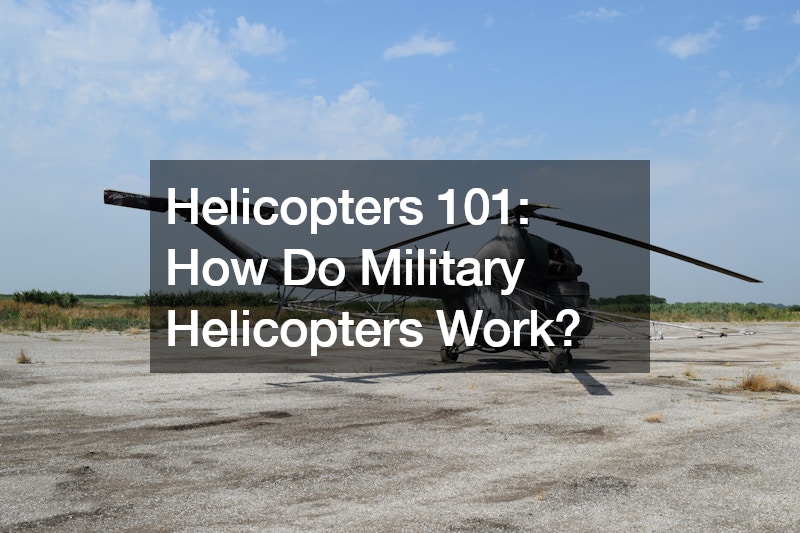Helicopters have long been an indispensable tool in military operations, offering unparalleled versatility and agility in various roles, from combat missions to search and rescue operations. But have you ever wondered how these remarkable machines work? Let’s delve into the fascinating world of military helicopters and explore their inner workings.
Introduction to Military Helicopters
Military helicopters, such as the iconic Black Hawk or the versatile Apache, are sophisticated aircraft designed for a wide range of missions. Unlike fixed-wing aircraft, helicopters have the unique ability to hover, maneuver in tight spaces, and land and take off vertically, making them invaluable assets on the battlefield.
Key Components of Military Helicopters
At the heart of every military helicopter are several key components that work together to enable flight and mission success:
1. Rotor System: The rotor system consists of one or more large horizontal blades (rotors) mounted atop the helicopter. These rotors generate lift by creating airflow over their surfaces, allowing the helicopter to ascend, descend, and move in various directions.
2. Engine: Military helicopters are typically powered by one or more turbine engines, which provide the necessary thrust to turn the rotor blades and propel the aircraft forward. These engines are highly efficient and reliable, ensuring optimal performance in demanding environments.
3. Fuselage: The fuselage is the main body of the helicopter, housing the cockpit, cabin, and cargo compartments. It provides structural support and protection for the crew and passengers, as well as housing critical avionics and systems.
4. Flight Controls: Military helicopters are equipped with sophisticated flight control systems that enable pilots to maneuver the aircraft with precision. These controls include the cyclic, collective, and anti-torque pedals, which allow the pilot to control pitch, roll, and yaw movements.
5. Avionics: Avionics systems play a crucial role in military helicopters, providing pilots with essential information such as navigation data, engine performance, and mission status. These advanced systems enhance situational awareness and ensure safe and effective operation in all conditions.
Mission Capabilities of Military Helicopters
Military helicopters are employed in a wide range of missions, including:
– Combat Operations: Helicopters play a vital role in combat operations, providing close air support, troop transport, reconnaissance, and medical evacuation capabilities to ground forces.
– Search and Rescue: Military helicopters are often deployed in search and rescue missions to locate and extract personnel in distress, whether in combat zones, disaster areas, or remote locations.
– Transport and Logistics: Helicopters are used to transport personnel, equipment, and supplies to and from the battlefield, as well as to provide logistical support to ground forces.
– Special Operations: Special operations forces rely heavily on helicopters for insertion, extraction, and fire support during covert missions and unconventional warfare operations.
In addition to their primary mission roles, military helicopters are also used for helicopter part transport, ferrying critical components, spare parts, and equipment between bases, maintenance facilities, and operational theaters. This logistical capability ensures that helicopters remain operational and mission-ready at all times, minimizing downtime and maximizing operational effectiveness.
Conclusion
Military helicopters are remarkable machines that have revolutionized modern warfare with their unmatched versatility, agility, and effectiveness. From combat missions to search and rescue operations, these aircraft play a vital role in ensuring the success and safety of military forces around the world. Understanding how military helicopters work helps us appreciate the ingenuity and engineering behind these awe-inspiring aircraft.
.







